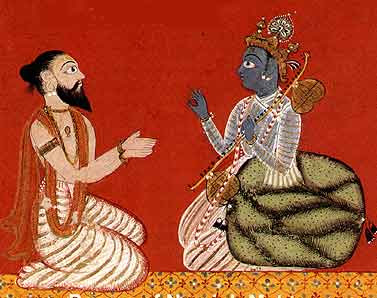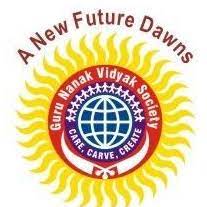BIKRAM SINGH, RAJA (1842-1898). born in January 1842, succeeded his father, Wazir Singh, to the throne of Faridkot state in 1874. A dominant figure in Faridkot history, Raja Bikram Singh modernized the state administration. He employed retired British officials of experience and in 1875 set up offices and courts on the British model and adopted British law. Schools and charitable hospitals were opened and dharamsalas and rest houses for travellers constructed. Sadavarats or free kitchens were established at Faridkot, Thanesar and Amritsar. Sanskrit pathshalas, or schools were started where free food was served to the students.
GHULLA SINGH, BHAI (d. 1924), one of the martyrs of Jaito, was born around 1896, the son of Bhai Narain Singh and Mat Kishan Kaur, a Jatt Sikh couple of the village of Bhalur, near Bagha Purana, in present day Faridkot district of the Punjab. Tall and heavily built, Ghulla Singh helped his father and two elder brothers at tilling the family acre. He had received no formal education and was not yet married when the Akali agitation at Jaito protesting the forced abdication of the Sikh ruler of Nabha was gathering momentum. Ghulla Singh received the vows of the Khalsa at the hands of Sant Sundar Singh Bhindrarivale and became an Akali activist.
GIAN SINGH RAREVALA (1901-1979), administrator and politician, was born on 16 December 1901 at his mother`s village Bhari in Ludhiana district. His own ancestral village was Rara, also in Ludhiana district, where his father Ratan Singh was a bisveddr (fiefholder) of the former princely state of Patiala. Gian Singh having received his early education at Bhari, Samrala and Ludhiana, passed his matriculation examination from Model High School, Patiala, and Bachelor of Arts examination from Mohindra College, Patiala, in 1925. He then entered the Patiala state service as a ndib ndzim (assistant deputy commissioner) and after a year`s training at Patiala he was posted to Sunam.







